What next for Southeastern: TfL? Stagnation, cuts or investment?
With Southeastern and parent company Govia seeing the door after 15 years in charge there’s much speculation on what future awaits for passengers, and whether TfL will finally take over Metro services.
In the near term the Department for Transport’s Operator of Last Resort takes charge, much as a government appointed body did back when Connex were chucked out. OLR also operate Northern and trains on the East Coast.
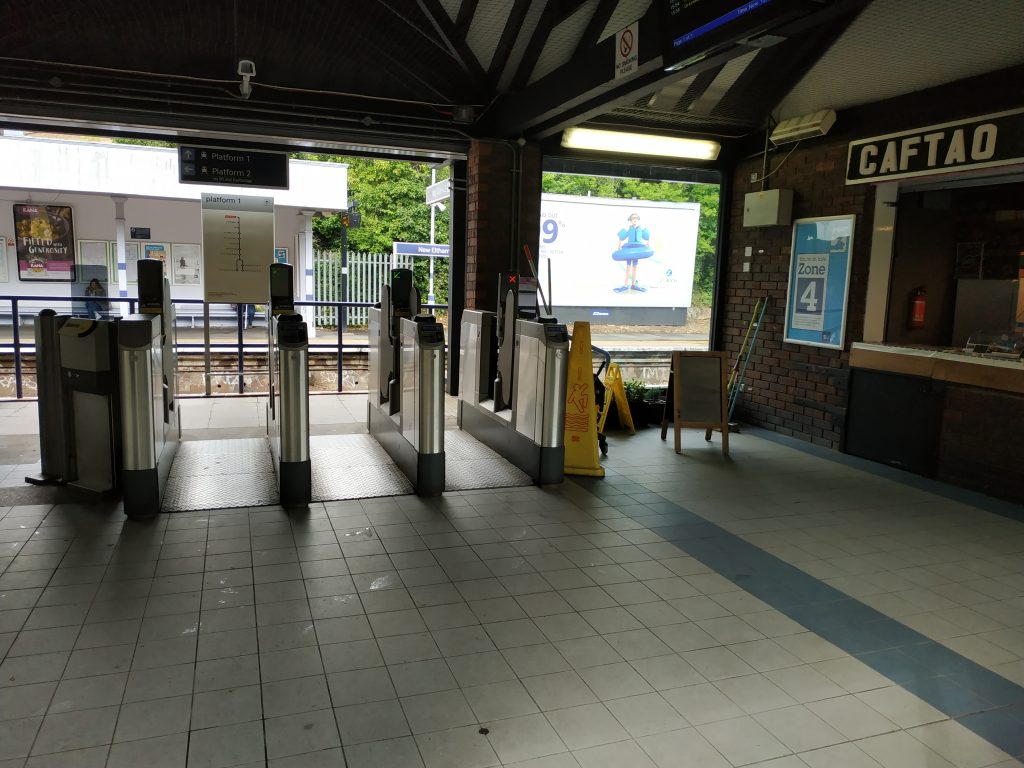
And does that mean substantial improvements? Well, almost certainly not anytime soon.
OLR will operate while some sort of strategy is worked out but don’t expect any decisions soon. Plans to reform the rail system using London Overground and DLR-type concessions under Great British Railways are not expected to start until late 2024.
Devolving services to TfL is what many politicians in London seek across party lines – but TfL is in a dire funding position.
The clamour to devolve services seems to overlook that doing so to a near-broken TfL risks an already poor service degrading yet further.
It’s essential that funding be made available if devolution is chosen. It’s also not easy to sort out issues with drivers only working for TfL or mid/long distance service post split. That requires money.
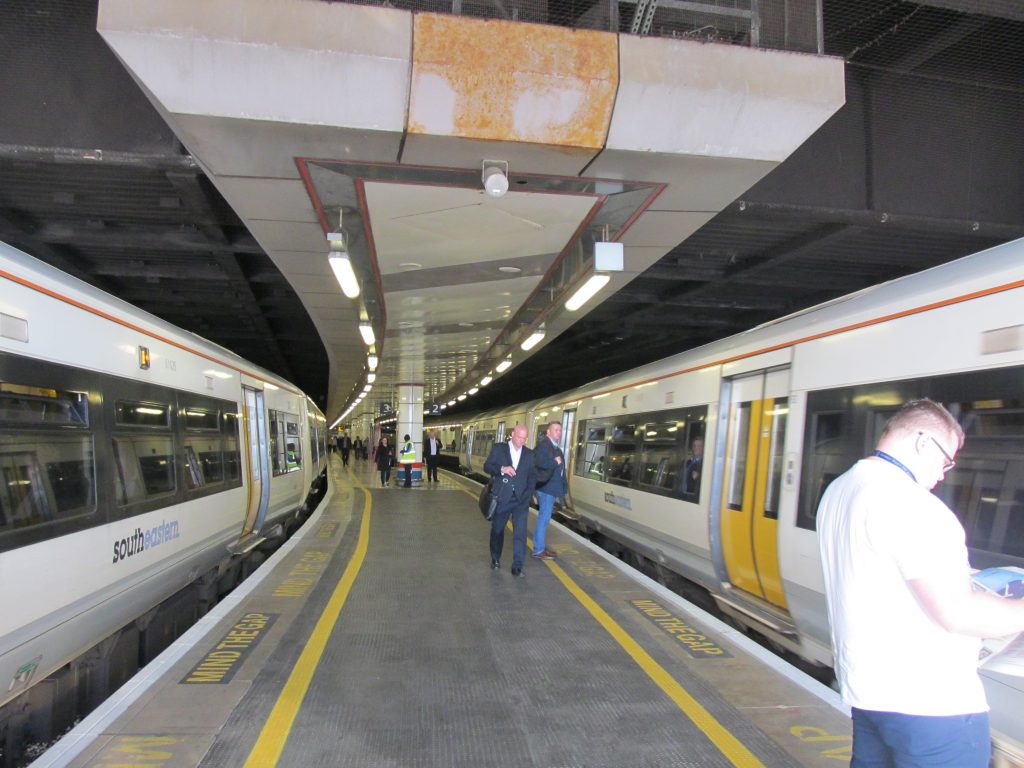
The announcement that Southeastern were being replaced with OLR did mention investment in rolling stock, but this appears to be £10 million on long distance trains without anything for clapped-out Networkers serving metro routes.
It’s mightily tempting for the DfT to pass off Southeastern inners to TfL who can then take any criticism for cuts without providing funding.
There was a previous agreement to devolve which managed to overcome one of the main obstacles: Kent County Council objection. A new board with TfL and Kent CC both represented was to be established.
Station staffing
Up-front money would be needed to finally provide all-day staffing at many SE stations and work to install barriers where needed. Some stations would need reworking such as Plumstead – which could dovetail into existing plans to rebuild.
Currently Southeastern Metro is a free-for-all. Most stations are open and see little staffing. Bigger stations like Woolwich Arsenal and Lewisham are staffed until 8pm, though Woolwich Arsenal’s side gate is often open for example rendering it moot.
In recent years we saw Deptford station rebuilt with barely any staff presence (long before the pandemic) before Kidbrooke station’s rebuild was cut back to remove barriers given a lack of funding for sufficient staffing.
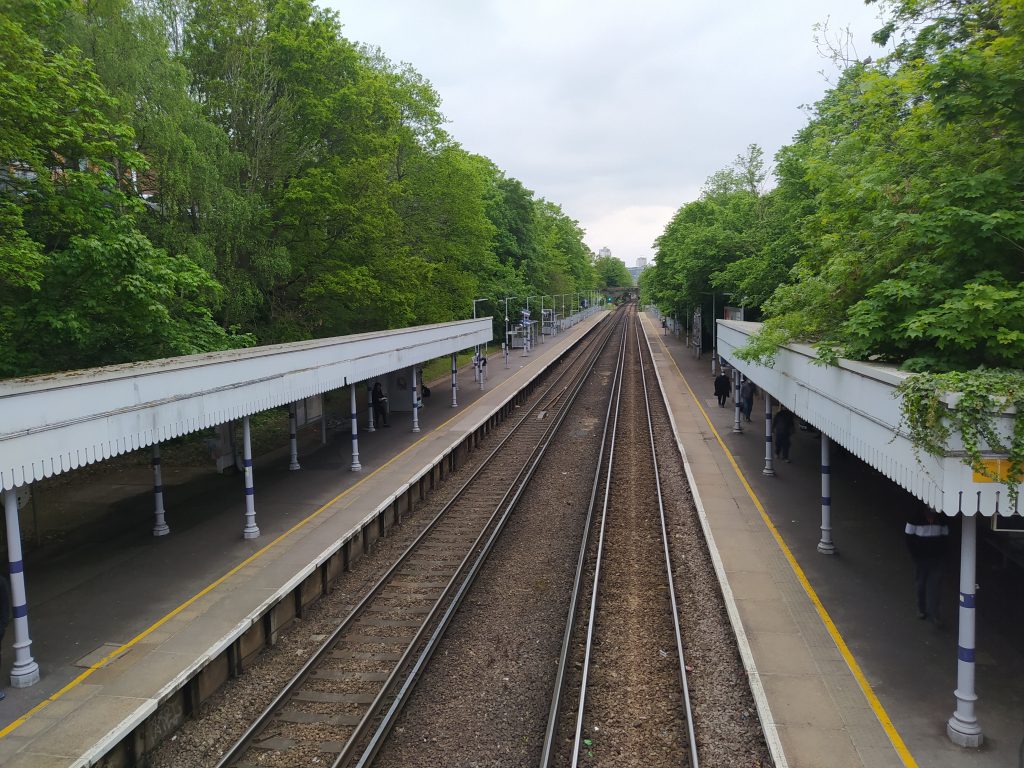
In recent weeks a new entrance to Lewisham station built as part of a new tower development has been mothballed.
Even London terminals see open gates a fair bit more than expected, and every night after half 10pm.
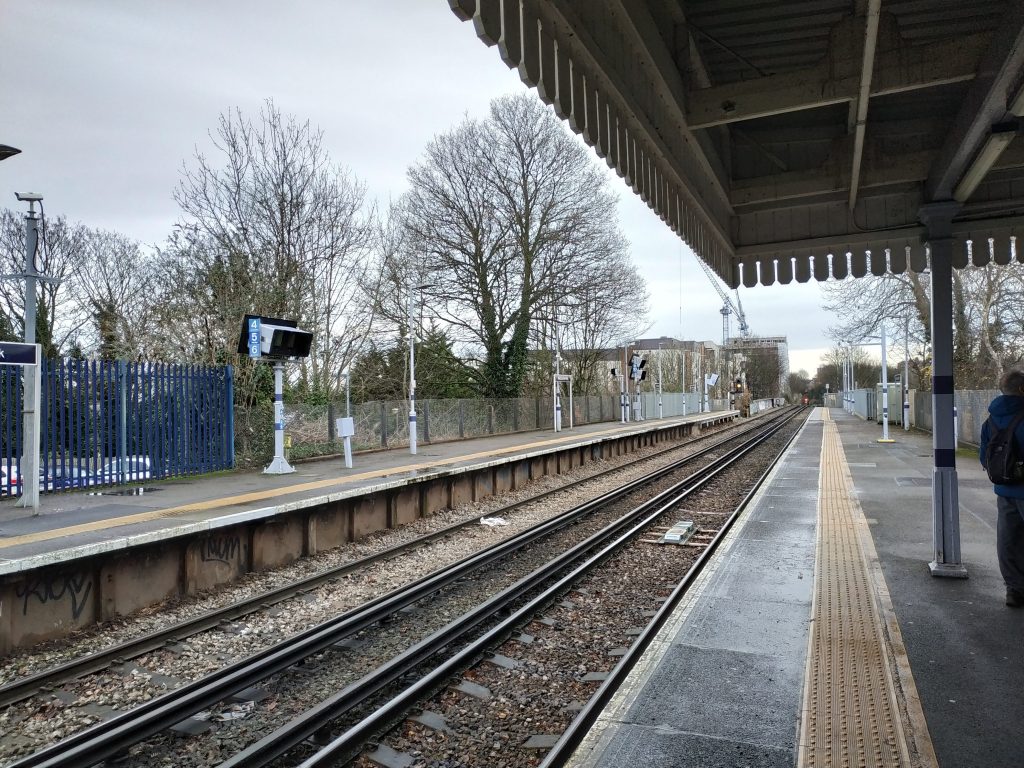
Compare that to the tube and it’s night and day. Compare it to many other franchises in London and it’s vastly different. Southeastern Metro is ripe for gaining extra revenue from existing passengers who don’t pay because they don’t need to.
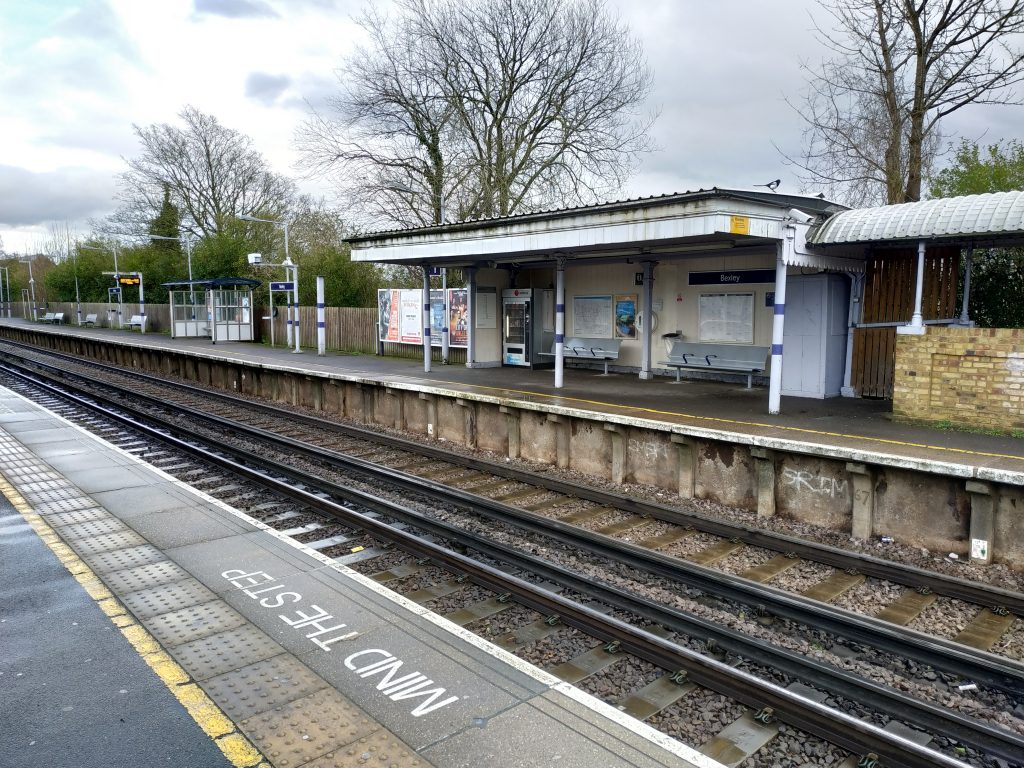
Some have said the DfT could fix staffing issues and there’s no need to devolve, which is true, yet they didn’t in 2006 when the franchise was awarded, in 2014 when given short term renewal, or 2016, or 2018 et al. You get the idea.
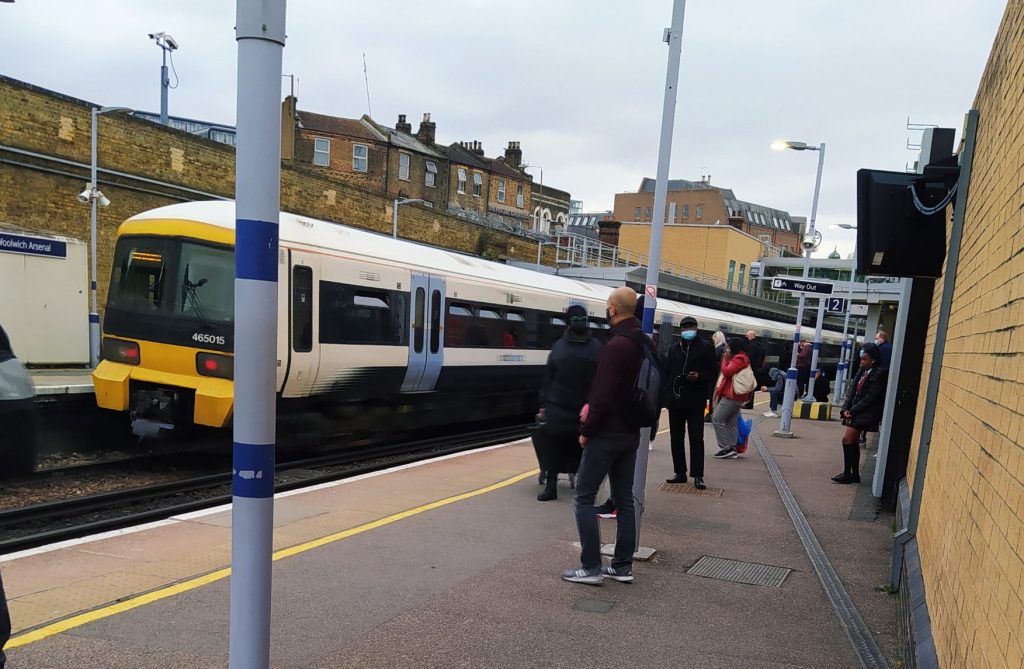
There’s probably little doubt that in time it’d easily pay for itself given what occurred at Abbey Wood when TfL took over in late 2017 in advance of Crossrail. People suddenly had to buy a ticket – and ticket sales shot up. Suddenly passenger numbers were up 650,000 on the year before.
Currently anti-social behaviour goes ignored. Few staff on platforms or stations and no on-board staff apart from the driver helps with that.
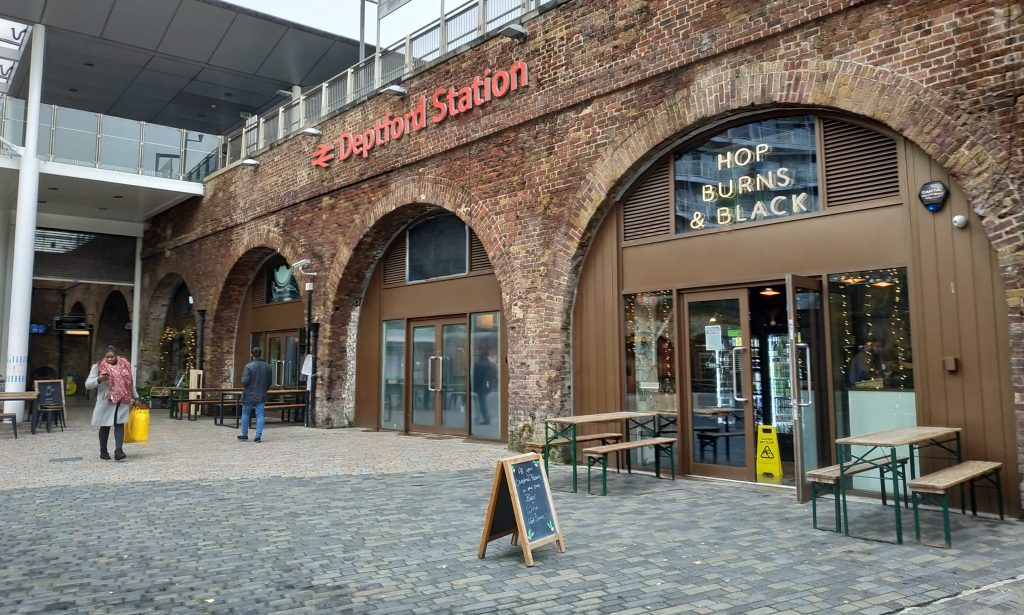
A staffed, safer network would also entice passengers to use, but that takes time to happen.
And there’s the catch again. This needs money (even if over time it pays for itself) and the Treasury wants to hit rail with heavy cuts.
Cuts of £2 billion are expected for rail and discussions are ongoing between unions and Network Rail.
In London TfL saw huge losses in revenue as a model imposed saw an almost complete reliance on fare revenue for operation. This went against how most major cities are funded worldwide with a mix of funding sources.
Passengers fell sharply in 2020, and so TfL’s income dropped too.
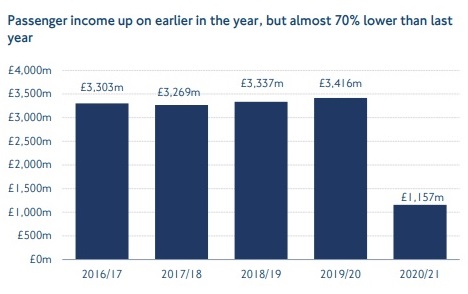
The same Government that installed that model of almost sole reliance upon fare revenue then stated TfL are irresponsible and hits them with the threat of service and funding cuts alongside additional borrowing.
This isn’t a great environment to devolve services.
Government always held the cards
What many forget is Government has exercised much control of the privatised network over the past 25 years, setting fares, service levels, staffing levels and rolling stock. Franchises operated services for a relatively small profit margin of three per cent or less and took the blame when government increased fares or failed to invest in adequate services.
For example, Southeastern do not own a single train with all stock leased – and any changes needed government approval.
In a lot of ways more power rests with civil servants now at the DfT compared to when nationalised. British Rail did operate at arms-length and a degree of independence – albeit with small budgets. Civil servants now micro-manage the “private” network.
The new Class 707s are only moving to Southeastern as Government were left in a bind after creating the South Western Railway franchise to ensure new stock arrived, leaving 30 nearly-new trains surplus to requirements.
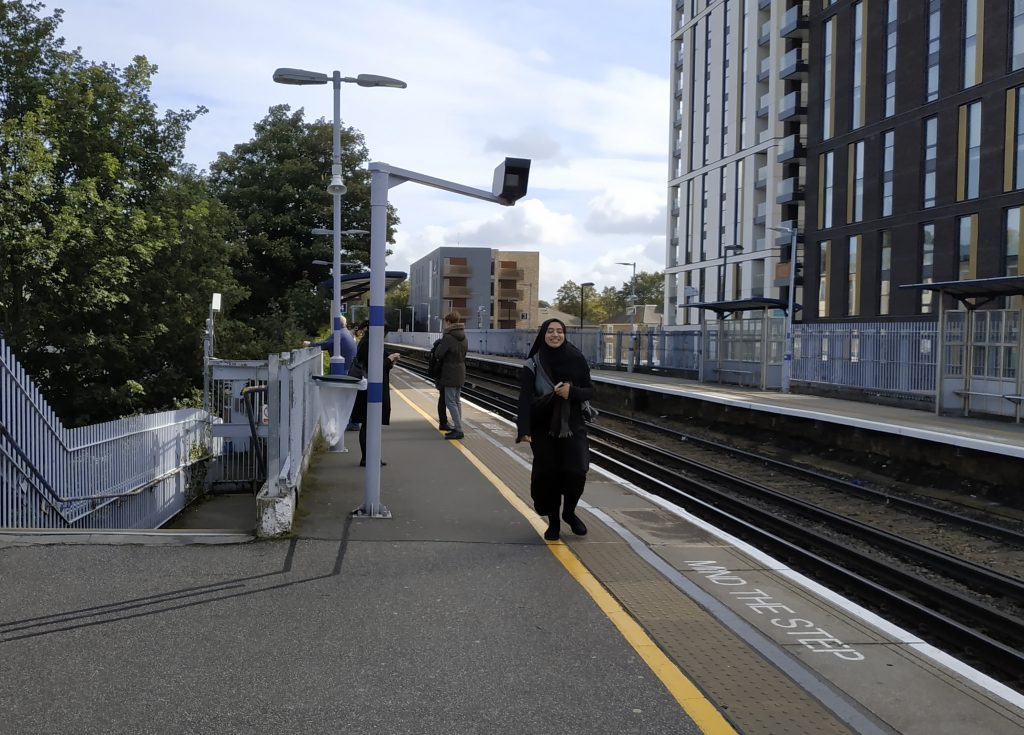
Not a good look, so a home at Southeastern was found.
They would almost certainly have never come over to Southeastern if the franchise hadn’t seen nearly a decade without direction.
It’s another microfleet to complicate maintenance at SE depots alongside the 376s. Being 5-car trains is not much use long term for a network that is now capable of 12 or 8 car services.
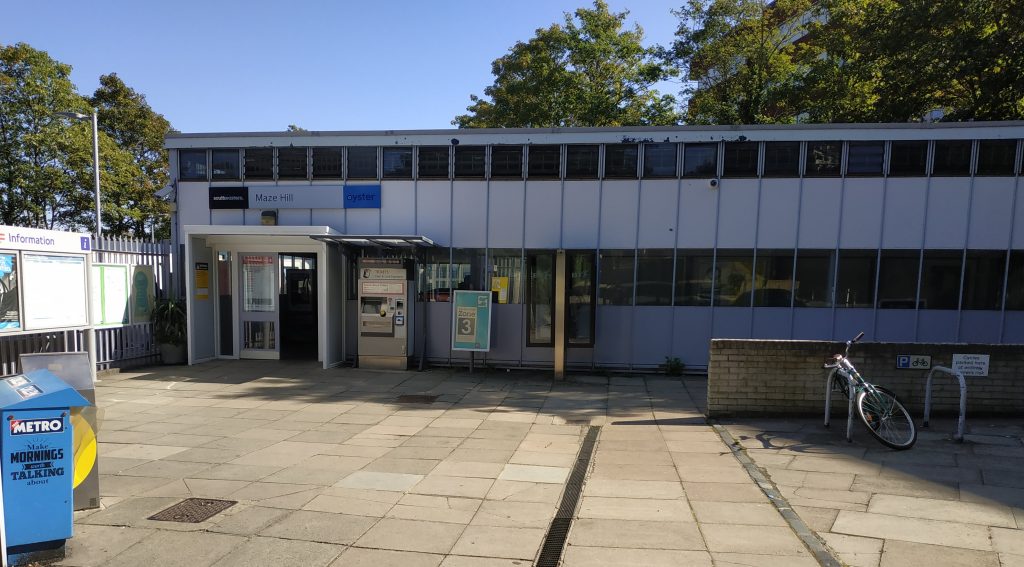
Network Rail extended platforms and power supplies over the past decade for 12-car services to Charing Cross and Cannon Street. Modern trains to use them was the obstacle. Victoria services are limited to 8-car.
If the DfT hadn’t bodged the network’s future so often over the past decade it’s extremely likely that wholesale replacement for Networkers would have occurred, with trains geared around infrastructure to utilise 8 and 12 car platforms.
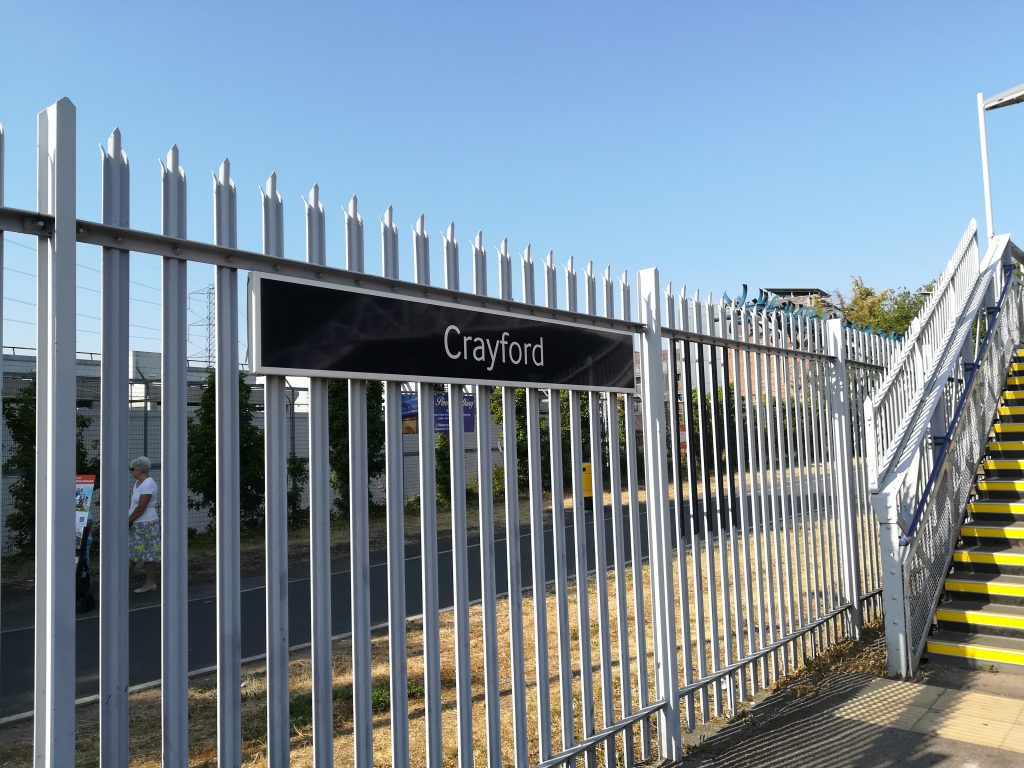
Services would have seen modern stock with Selective Door Operation to assist at Woolwich Dockyard and Charing Cross with 10-car platforms, with a 30+ year lifespan to deal with growing population after short term blips with reduced passenger numbers.
But it’s almost dreamland to think that will happen now. In the near term I see little change. In the mid term even more cuts could occur, and a downward spiral continues as 30 year old trains get worse, staff presence falls even further and people switch away if they have any sort of alternative.
If politicians and groups call for TfL control, they absolutely need to match that with demands for funding to run services, and hope the Treasury plays ball.
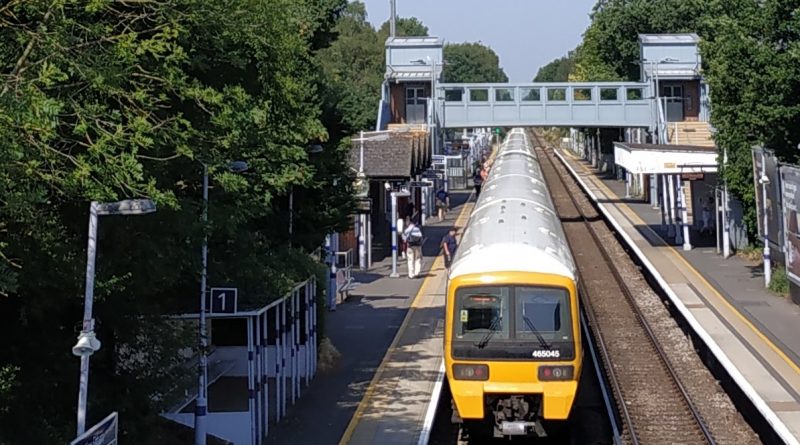
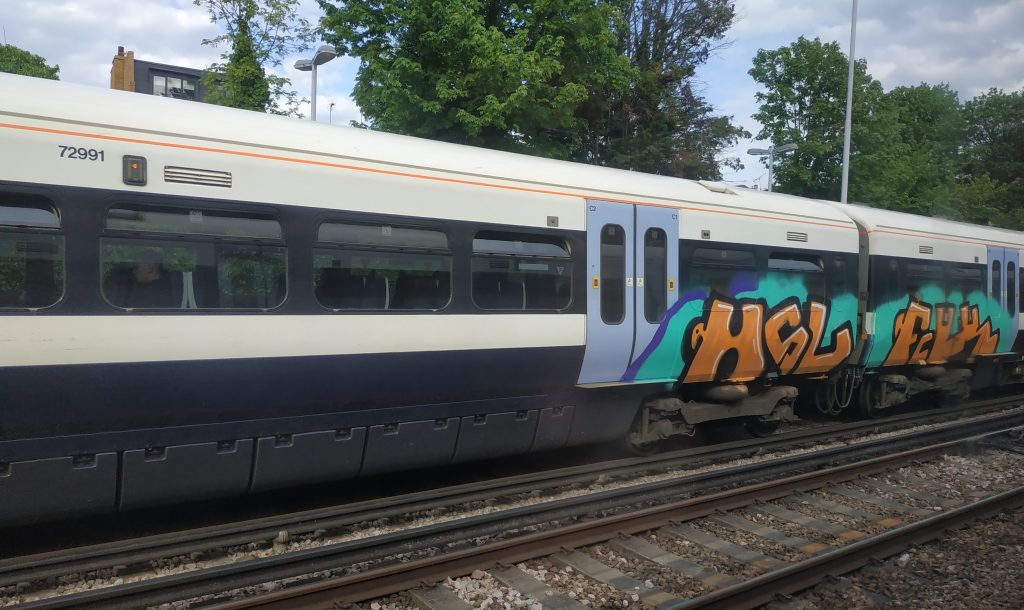
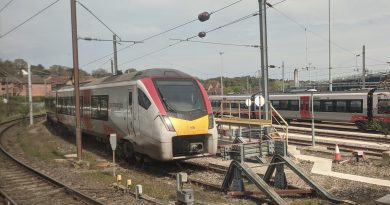
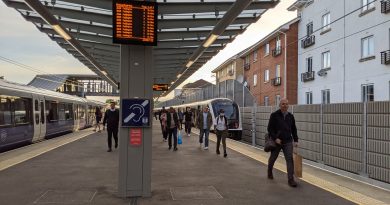
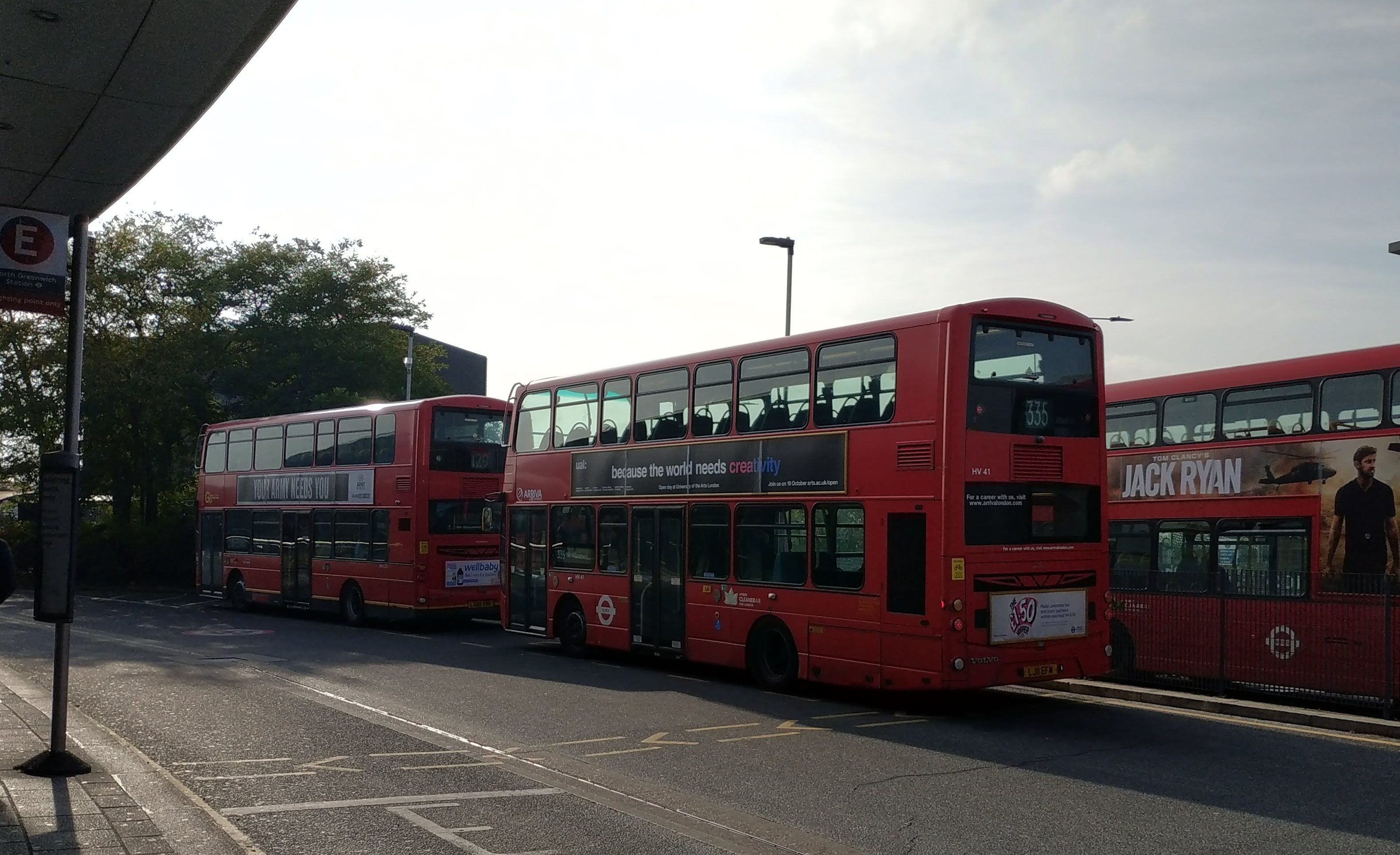
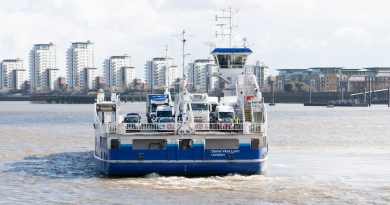
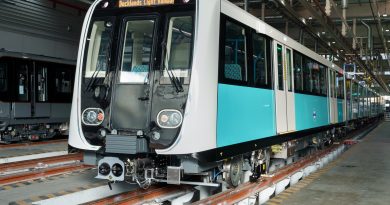
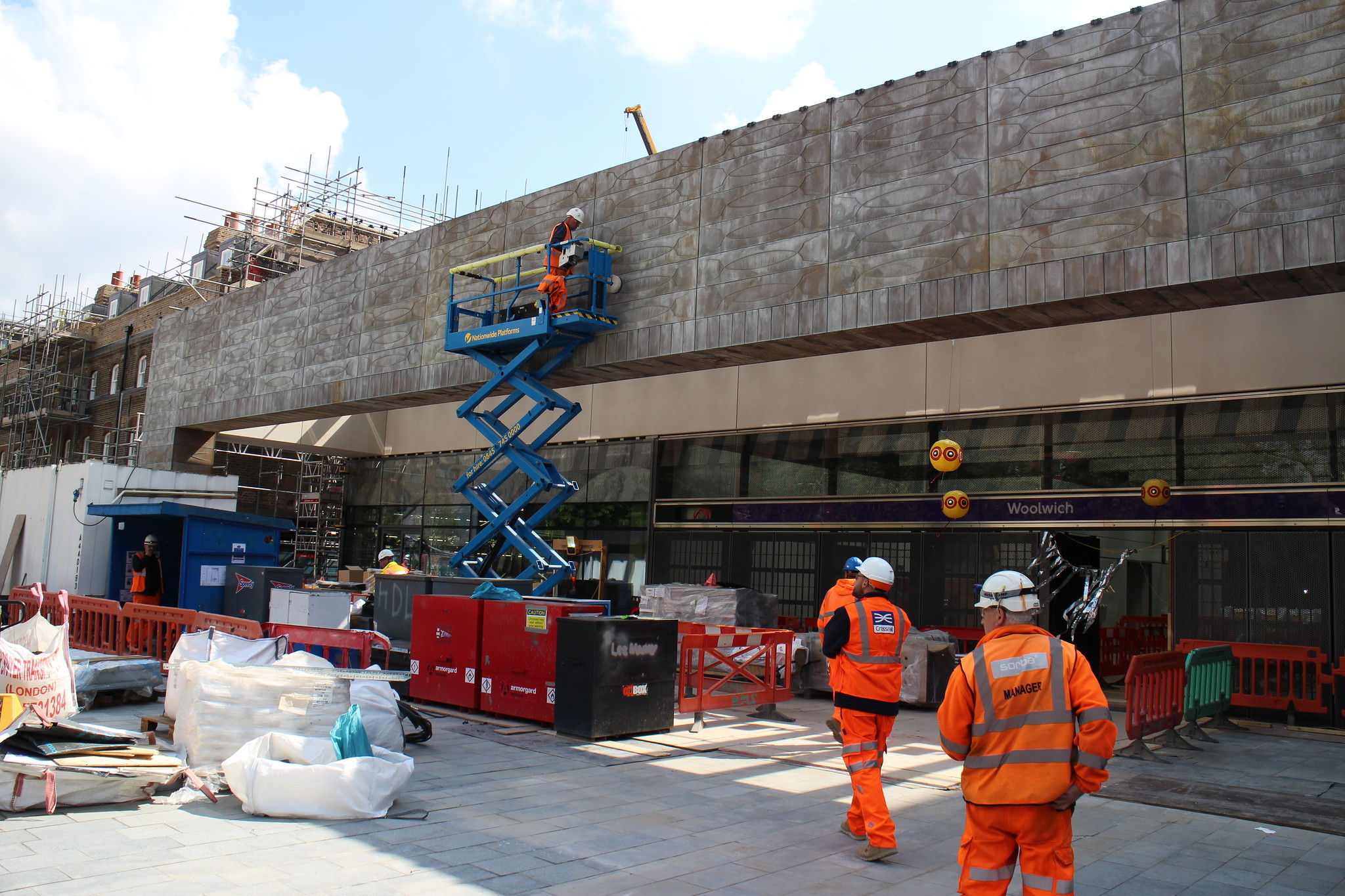
Is it just me or does the Treasury hate public transport in the UK. They seem to set train fares rediculously high and never invest in the Network. Yes Ik we have Crossrail and HS2 and East West Rail and Thameslink, those are all big projects and look good for politicians. But comparatively smaller investments to keep the services running and draw people AWAY from cars seems to be hated. Is this just a UK problem or do similar things happen in Germany, France…
TFL isn’t fit to run it with their finances in such a state, their incompetence with finances is worrying. The staffing on Southeastern stations is about right, what I see at London Underground stations is 4 or 5 members of staff around the ticket barriers watching movies on their phones and tablets or gossiping with each other, they closed ticket offices, but the staff are getting paid to socialise….so we don’t really need too many staff at stations.
Devolving national rail services into TFL will cause problems for services outside London, delays and new timetables will upset many.
On an already congested network, how will TFL increase frequency of services, that promise cannot be kept.
OK they increased services on the North London Line, but there isn’t any other services along that line anyway except freight.
TFL want to run Crossrail before they can start causing havoc on National rail services, billions of pounds over budget and nearly half a decade late, crossrail still not open.
HS2 is sucking up most of the money available for widespread railway development…its cost is currently £110 Billion and increasing. Yet it has negative economic benefit, creates very little time saving and benefits very few people. HS2 should be abandoned and the money better utilised to improve the overall network, particularly in the socially and economically deprived northern half of England.
1) It’s not
2) It isn’t
3) It doesn’t
And you’re wrong on just about the rest.
It opens up huge capacity on existing lines for freight to come off the roads and enables far more local services mainly across the Midlands and north to enable new housing in a sustainable way focused around stations.
Time savings are great though by far the biggest benefit is capacity.
If it’s cancelled (and it isn’t going to be as construction is well underway. It’d be monumentally stupid) then not a penny would instead go to capital projects on existing lines.
It’s funded by record low borrowing and economic benefits will ensure its paid for itself over decades to come.
Instead of looking at overall capital cost over 30 years look at average annual cost. In that context it’s a rather small amount of govt spending.
Does any other country constantly campaign against new infrastructure as this country now does? Perhaps so, as the UK is one of very few developed nations without domestic High Speed rail and with extremely congested rail and congested roads.
I mean further to this, the existing SE franchise was awarded in 2006. It’s seen regular short term extensions since. Much way before HS2 approved.
Failing to invest in infrastructure and services hardly began with HS2.
It’s a miracle a major project even got off the ground in the UK.
One reason costs are high in the UK is there’s rarely ever rolling programs as seen in France, Germany, Spain, Italy et al.
As soon as people trained and skills learnt, the plug is pulled and experience lost. See electrification for another example.
To be fair all Governments from all parties have failed to propertly invest in the Public Transport inftrastructre over the decades. There is often a lot of talk but very little action. They offer us everything on a plate at election time and back track on their promises once elected in to the Government.
A large amount of fare revenue was lost during the pandemic as passengers were hardly using public tramsport this still applies to some services which are seeing reduced passengers numbers.
However, TFL were having financial difficulties before the Covid pandemic took hold. Central London bus services saw cuts and bus routes across Greater London have seen bus service frequencies reduced.
@Nick: ‘The staffing on Southeastern stations is about right, …’. Did you even read this piece or at least look at the pictures. Most of Southeastern’s stations (a) have no ticket barriers or, (b) staff presence. It is quite possible to travel around Southeastern (if you are not heading to London) without paying and the chances of getting caught, extremely low.
In contrast, given that London Underground is now entirely cashless, the decision was made to close ticket windows and move the staff onto the forecourt where they help passengers buy the right ticket from the machines and get to where they want.
The anti tfl sentiment above is a shout out for let’s keep it crap and never look back, propped up with complete garbage about “delays” in the future and tfl managing crossrail. Crossrail isn’t managed by tfl, it is funder partly by tfl but not managed.
Moving the running to tfl will be challenging even with the money in place which I don’t think will happen. It will require a 10year programme within tfl to address the factors that can be addressed while mitigating the issues that can’t be, i.e. rolling stock, external funding and unions.
Moving to tfl will raise the standard for transport in SE London massively. Even without full implementation of tfl standards with for example, a phased staffing for each metro line over a 10 year period it will see a complete transformation of quality at stations. As the article highlights the benefits of increasing ticketing facilities will reflect in an increase in recorded passengers and the revenue that comes with it. I do hope tfl take it on even if there is no visible immediate impact because over the long term there will be momentum and a trajectory to improvement instead of the rotting carcass that has been se London infrastructure these past decades.
NOTE: Edited to remove personal comment. Please stick to issues not personal comments.
TfL’s finances were getting much better until the pandemic. They’re a hell of a lot better than South Eastern ever were (and that’s before suspicious behaviour) .
I’m flummoxed and no idea what stations you use but I don’t see 4-5 standing around. “We don’t need too many staff” is clearly wrong if a ton load of money is being lost through no staffing.
In terms of services causing problems outside London that was all agreed before the agreement was ripped up. No one was to lose out. No one said frequencies will increase but how you improve services within that constraint is key. The government havn’t the foggiest.
Finally you’re true colours are revealed with the comment on Crossrail. You know that was a joint DFT and TFL project? And who awarded South Eastern franchises? The DFT. So if you don’t want TFL how can you argue for DFT who have clearly failed not only with Crossrail but every single franchise award for the area?